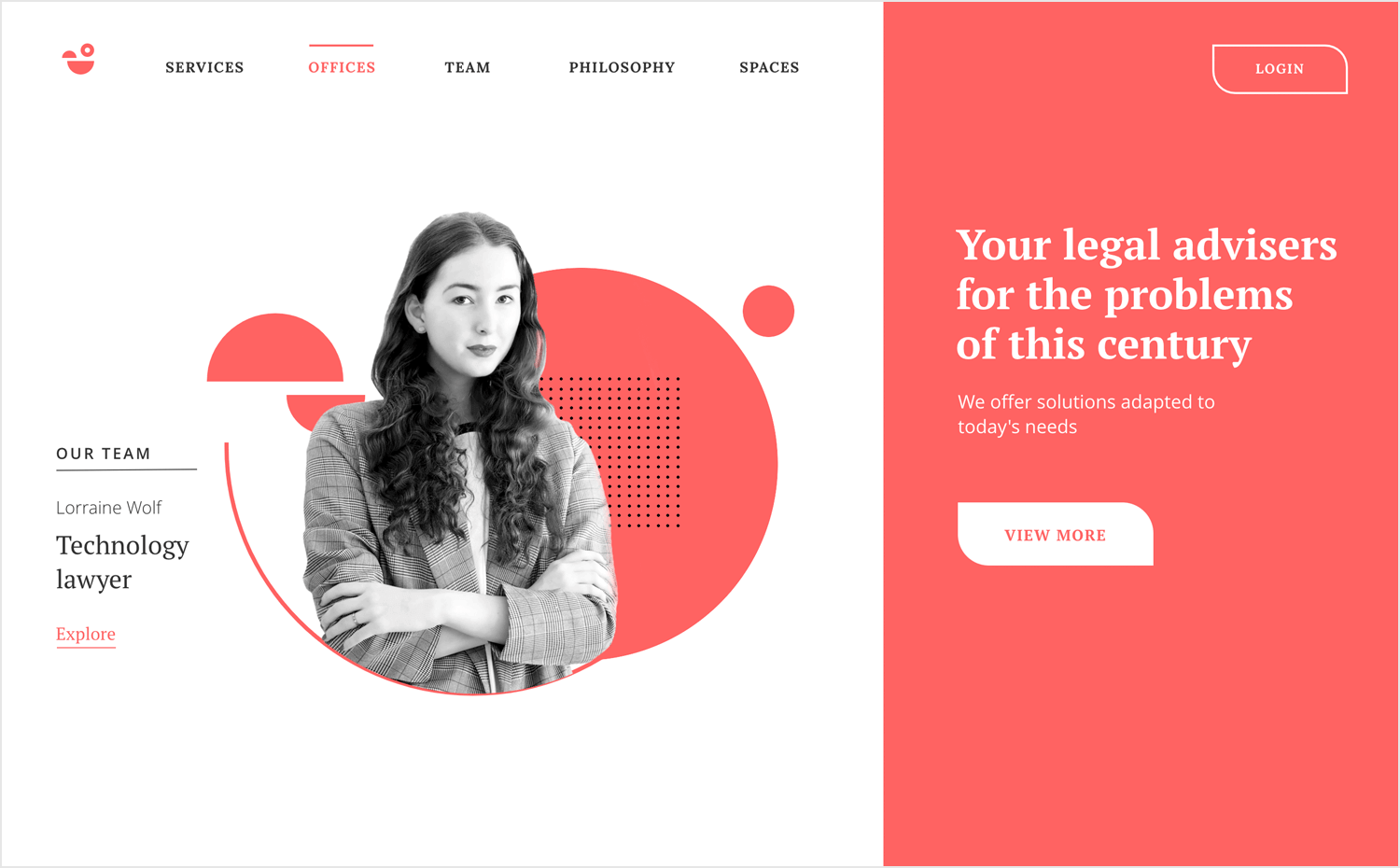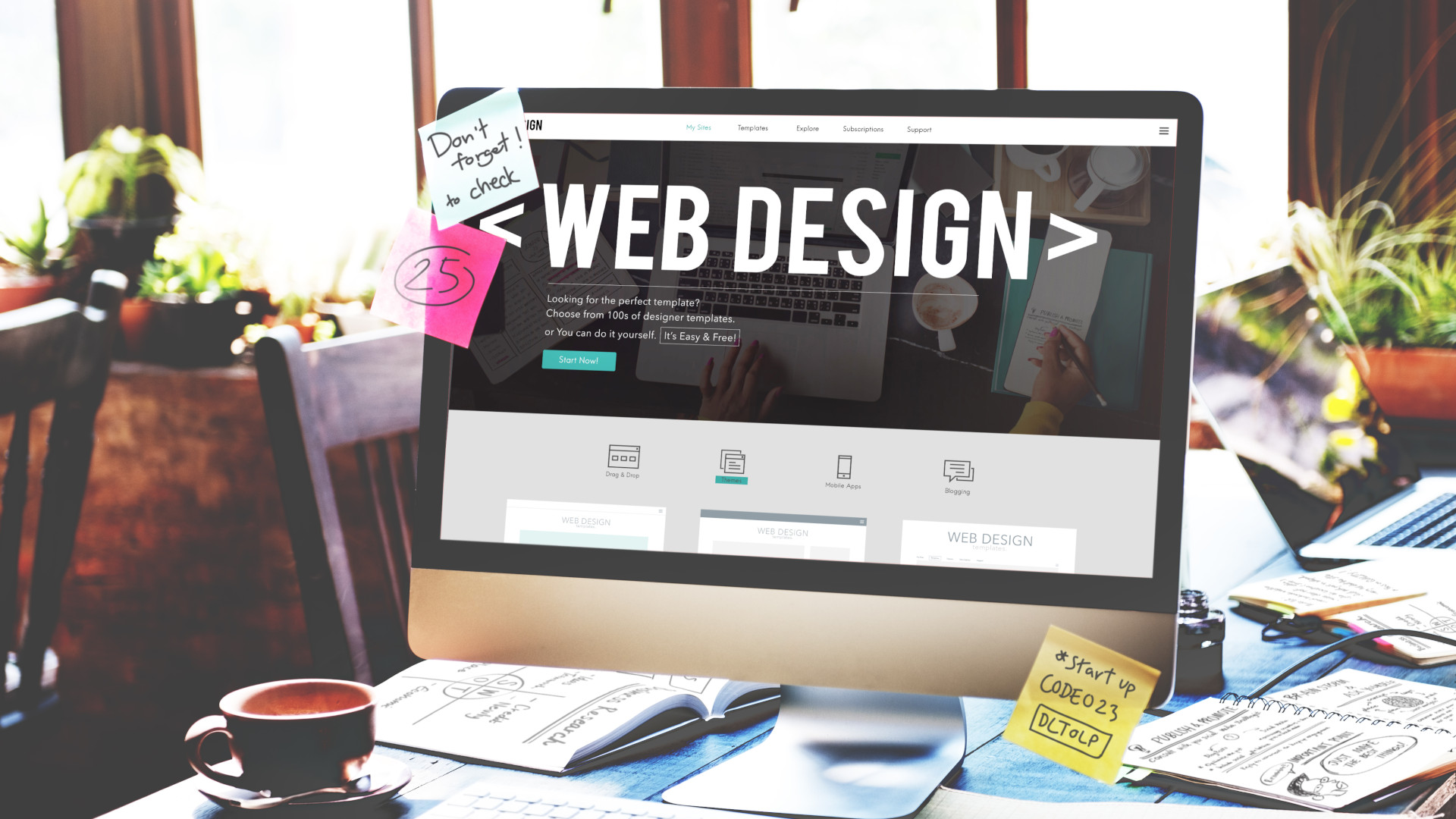Personalized Website Design Solutions for Retail Websites
Leading Tips for Developing an Impactful Internet Site Design That Converts
To attain this, one have to consider a variety of aspects, including comprehending the target audience, focusing on customer experience, and maximizing for mobile platforms. The calculated usage of engaging call-to-actions and a well-defined aesthetic power structure plays an essential role in leading individuals through their journey.

Understand Your Target Target Market
Understanding your target market is fundamental to reliable web site layout, as it prepares for creating an appealing user experience. Determining that your users are, including their demographics, choices, and behaviors, allows developers to tailor the web site's content, format, and capability to satisfy specific requirements.
Carrying out detailed market research study is crucial in this procedure. Studies, meetings, and analytics can provide useful insights into individual assumptions and discomfort points. By assembling this data, designers can produce customer personalities that represent different sections of the target market, ensuring that style decisions are educated and relevant.
Additionally, recognizing the target market aids in selecting suitable layout elements such as color pattern, typography, and imagery that reverberate with individuals. An internet site that talks directly to its target market promotes a feeling of link and trust fund, urging longer brows through and higher conversion rates.
Eventually, a user-centered technique to web site design not only improves individual complete satisfaction but also supports company goals by driving engagement and loyalty. By prioritizing the needs and preferences of the target audience, a website can efficiently serve its function and attain desired outcomes.
Prioritize User Experience
To boost the total effectiveness of a website, prioritizing user experience (UX) is necessary (Website Design). A well-designed UX ensures that visitors can browse the website effortlessly, find details promptly, and engage with content meaningfully. This results in enhanced user satisfaction and higher conversion rates
Begin by applying instinctive navigating. Menus must be logically structured, permitting individuals to situate essential areas of the site with minimal initiative. Consistency in layout components, such as color design and font styles, fosters knowledge, which is critical for preserving user engagement.
In addition, think about the loading speed of your web site. A delay of simply a few seconds can cause significant drop-offs, as customers are less likely to wait for a slow-loading page. Streamlining pictures and optimizing code can improve efficiency and retain site visitors.
Moreover, clarity in content discussion is vital. Use succinct, appealing language and damage up message with visuals to improve readability. By focusing on user experience, you not only develop an extra satisfying setting for site visitors but likewise reinforce your brand name's reputation. Ultimately, a concentrate on UX is a financial investment in the lasting success of your site.
Optimize for Mobile Devices
Maximizing for mobile phones is vital in today's electronic landscape, where a raising number of customers accessibility internet sites via smart devices and tablets. A mobile-friendly layout not just boosts individual experience but likewise plays a considerable function in enhancing online search engine positions. To achieve this, it is vital to embrace a responsive layout that instantly adapts to various display dimensions and positionings.

Filling rate is another important factor; mobile individuals are commonly much less person and expect quick accessibility to information. By focusing on mobile optimization, you ensure that your site continues to be affordable and effectively involves a broader audience.
Use Engaging Call-to-Actions
A web site's effectiveness typically pivots on its ability to assist site visitors toward desired actions, making compelling call-to-actions (CTAs) essential components of style. CTAs serve as the critical points that guide individuals to engage with the website, whether that implies purchasing, enrolling in a newsletter, or downloading a resource.
To produce efficient CTAs, clearness is extremely important. Use concise language that plainly communicates the action you desire the customer to take. Expressions such as "Begin," "Subscribe Free," or "Store Now" not just communicate necessity but likewise remove obscurity. The positioning of CTAs is just as vital; they ought to be tactically positioned throughout the web page to ensure they are easily noticeable, particularly in high-traffic areas.
Additionally, the layout of CTAs ought to stand apart without being obtrusive. Employ contrasting shades and clear font styles to guarantee they catch attention. Additionally, take into consideration making use of directional cues, such as arrowheads or pictures, to assist customers towards these switches. By concentrating on these aspects, businesses can significantly improve customer engagement, driving conversions and ultimately accomplishing their website's objectives.
Concentrate On Visual Pecking Order
Effective web site layout depends greatly on a well-structured visual power structure that guides individuals through content effortlessly. By arranging elements in a way that prioritizes information, designers can boost customer experience and promote decision-making. This entails utilizing size, shade, contrast, and spacing tactically to accentuate the most important parts of a website.
The usage of bigger fonts for headings and subheadings develops a clear distinction in between various sections, enabling individuals to scan content easily. In addition, using different shades for switches and calls-to-action can capture user interest and encourage interaction. Whitespace is one more necessary component; it stops mess and makes it possible for users to focus on key messages without disturbances.
Photos and graphics should complement the message while likewise sticking to the well established hierarchy, reinforcing the total message (Website Design). Consistency in layout elements, such as shade systems and typography, additional strengthens the aesthetic hierarchy, making navigating user-friendly

Final Thought
In final thought, efficient site design demands an extensive understanding of the target audience, prioritization of individual experience, and mobile optimization. The strategic use compelling call-to-actions and a well-defined visual power structure additionally improves customer engagement. By carrying out these principles, internet sites can accomplish higher conversion prices, making sure that design aspects not only draw in site visitors but also assist in smooth navigation and communication. Inevitably, a well-executed website design works as an essential component in driving customer actions and attaining company objectives.